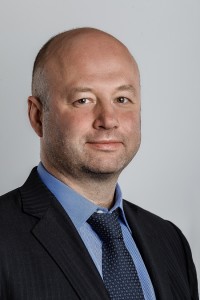The global diamond industry, while discussing the situation on the market within its own circle, sometimes does not pay enough attention to the dialogue with its main counterparty – the end buyer of its goods, natural diamonds, which are embodying not so much the value attached, but most of all genuine feelings of people towards each other. Learning to communicate information about the industry and its products to consumers is now becoming an urgent task. This and many other issues were touched upon by Andrey Polyakov, President of the World Diamond Council (WDC) in his interview to Rough&Polished.
WDC faces many ambitious tasks built in its Strategic Plan till 2020. The main goals relate to strengthening industry positions in the KP. But there is another task, which you constantly mention – education and informing of stakeholders and public. Could you tell us more about this goal? What does it mean and why did it become relevant?
This is a complex task, subdivided into two areas. One area is directly related to the WDC activities within the Kimberley Process. The efficiency of the KP depends on how well the participants of the diamond trade and its stakeholders, primarily State representatives, understand the principles of this market, and the KPCS mechanism. Today the WDC continues to convey this information to stakeholders, it might be guidebooks, seminars or any other various forms of education. The central focus of these materials is to explain what the KPCS is, why is it necessary, and which requirements should be met to participate.
The second area of this education effort is more global. The WDC must educate those outside of the diamond industry as they typically do not have a large understanding of mining and polishing technologies, the life of a miner or cutter, the vigilant regulation of the industry as well as its contribution to the global economy.
Of course, I understand that the situation in many other industries is the same. Many people all over the world drive cars without any idea about how it works. Additionally, people use computers, but are hardly interested in where and how it was assembled. Conversely, our product is one of the kind and requires a special and unique production approach. The diamond has a symbolic meaning; it expresses a person’s emotions. Global polished diamond sales depend on the consumers’ perception of our product. As a result, one of our major focuses is to educate consumers about all of the good that the diamond industry does throughout the globe. It is very unique business and the branched structure currently employs more than 10 million people and supports the economy of several countries across the globe.

